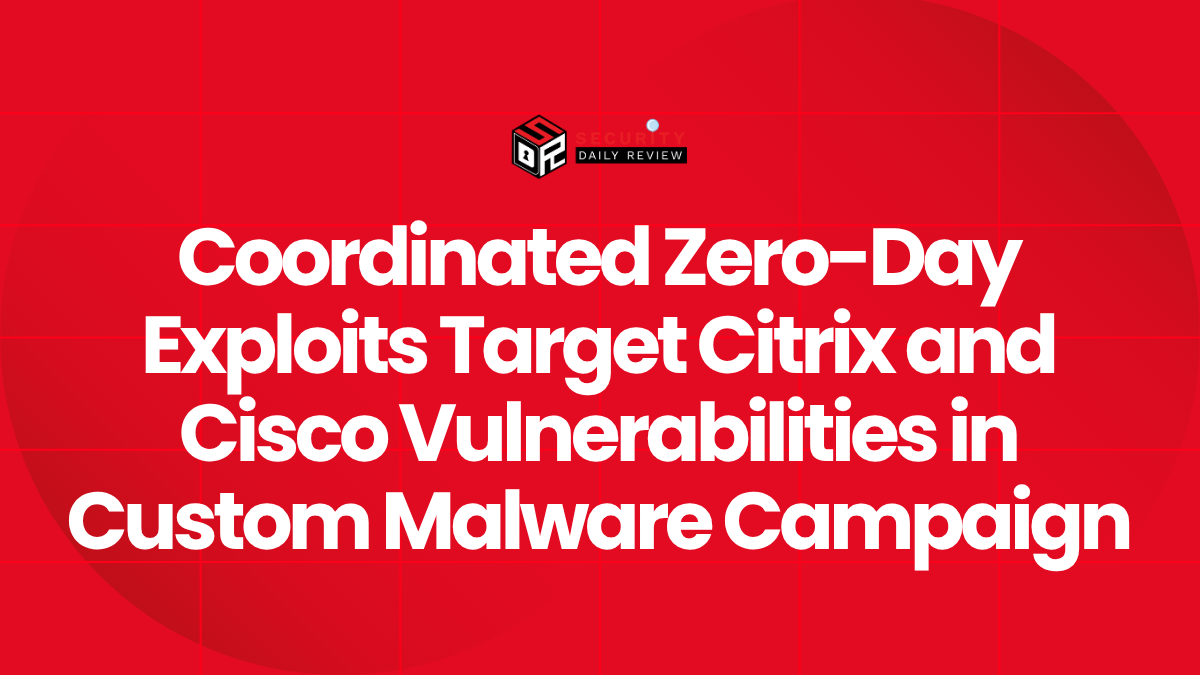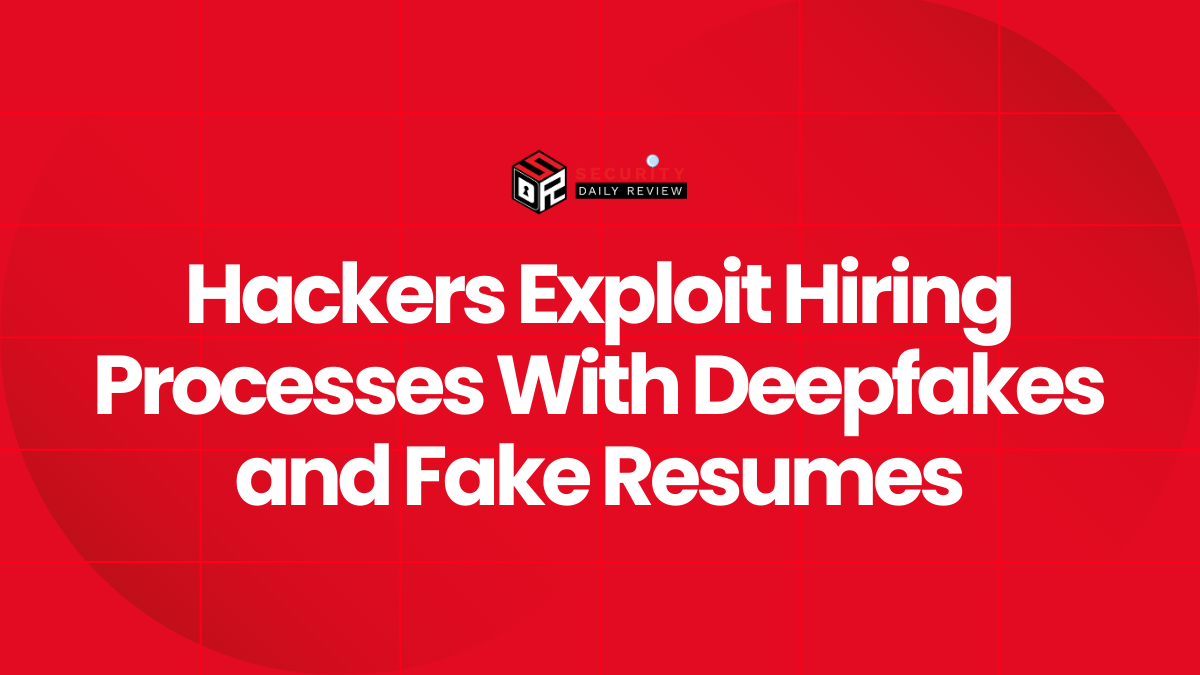A sophisticated threat actor leveraged two zero-day vulnerabilities—CitrixBleed 2 and a critical Cisco Identity Services Engine (ISE) flaw—to silently deploy custom malware in a stealthy operation, according to Amazon’s Chief Information Security Officer (CISO) CJ Moses. The coordinated exploitation highlights the risks of delayed patching and weak inter-vendor communication, raising fresh concerns among cybersecurity professionals.
Custom Malware Campaign Combines Stealth and Speed
Attackers Used Pre-Patch Vulnerabilities to Maximize Impact
The malicious campaign hinged on exploiting CitrixBleed 2, a follow-up vulnerability to the original CitrixBleed flaw, and a separate maximum-severity zero-day vulnerability in Cisco ISE. At the time of exploitation, no official patches had been released by either vendor, giving the attackers a significant operational edge. This allowed the attackers to maintain persistent access and deploy purpose-built malware tailored to the victim environments.
While details about the custom malware remain scarce, Moses’s disclosure signals the likelihood of highly tailored payloads designed to evade endpoint detection and response (EDR) tools.
“This campaign reflects an adversarial pivot toward chaining multiple zero-days and validating them against enterprise-grade defenses,” said Moses.
Vendors Remain Silent Despite Confirmed Exploits
Citrix and Cisco Still Withholding Public Disclosure Details
Even after the vulnerabilities were exploited in the wild, both Citrix and Cisco have been tight-lipped. As of this writing, neither vendor has publicly confirmed the nature of the zero-days or shared indicators of compromise (IOCs) to aid defenders. This lack of transparency exposes a widening gap between vendors’ disclosure practices and the operational requirements of enterprise defenders.
The delay in vendor acknowledgment further complicates incident response. Security teams that rely on vendor patches and advisories as their primary source of threat intelligence are left at a disadvantage when real-time actionable information is withheld.
Known Known vs. Unknown Unknown
The dual-zero-day attack serves as a stark example of how the cybersecurity landscape is evolving. Even known secure configurations are vulnerable when dependent on unknown, unpatched faults. Attackers increasingly blend known and unknown vulnerabilities to bypass layered defenses and extend dwell times.
Security analysts can draw parallels between this campaign and recent incidents in which zero-days were chained across vendor products. The strategic use of paired vulnerabilities suggests a high level of pre-attack reconnaissance, likely involving access to internal architectures or partner networks.
Exploitation Likely Part of Larger Strategic Operation
Attack May Be Sponsored or Supported by Nation-State Groups
Given the resources and precision involved, experts suspect an advanced persistent threat (APT) actor with nation-state backing executed the operation. The use of custom malware, complete operational secrecy, and targeting of core network infrastructure point toward espionage-linked motives rather than financially motivated cybercrime.
Moses’s confirmation bears weight in intelligence circles, especially since Amazon holds critical infrastructure and cloud service roles across commercial and government sectors. The risk of lateral movement into hosted services or tenant environments, while not confirmed, underlines the campaign’s potential severity.
Defensive Shortfalls and the Call for Cross-Vendor Transparency
Coordinated Disclosure and Real-Time IOC Sharing Still Elusive
Despite the breach’s implications, the continued silence from affected vendors underscores the recurring issues with vulnerability disclosure. More robust information sharing frameworks are needed among software vendors, particularly when network infrastructure is affected.
To keep pace with sophisticated threat actors:
- Security professionals require faster access to IOCs and mitigation guidance
- Vendors must declare confirmed exploitation promptly—even while patches are in development
- Red teams should simulate chained zero-day scenarios in non-production environments to validate response plans
What Security Teams Should Do Now
Immediate Steps to Address and Mitigate Potential Threat Exposure
Although specifics are scarce, security leaders should prioritize a tactical refresh of their detection and hardening measures around Citrix and Cisco components. Recommended actions include:
- Conduct threat hunting for anomalous behavior around Citrix and Cisco ISE components, focusing on prior patch windows.
- Review access logs and correlate with known custom malware tradecraft, like fileless persistence, DLL sideloading, or network tunneling.
- Apply available patches or compensating controls immediately while monitoring affected vendors for further disclosures.
Strategic Takeaway: Adversaries Are Targeting Core Infrastructure
Zero-Days Are Undermining Enterprise Network Trust Models
This campaign reinforces a critical lesson: attackers are no longer targeting end-user applications alone. Security teams must assume that infrastructure-level software such as Citrix NetScaler and Cisco ISE are equally attractive—and potentially more rewarding—targets.
The fusion of stealth, timing, and tooling in this recent campaign illustrates that zero-day vulnerabilities, when chained effectively, can completely circumvent traditional defense models. Adjusting detection priorities and adopting a threat-informed defense posture will be essential going forward.









